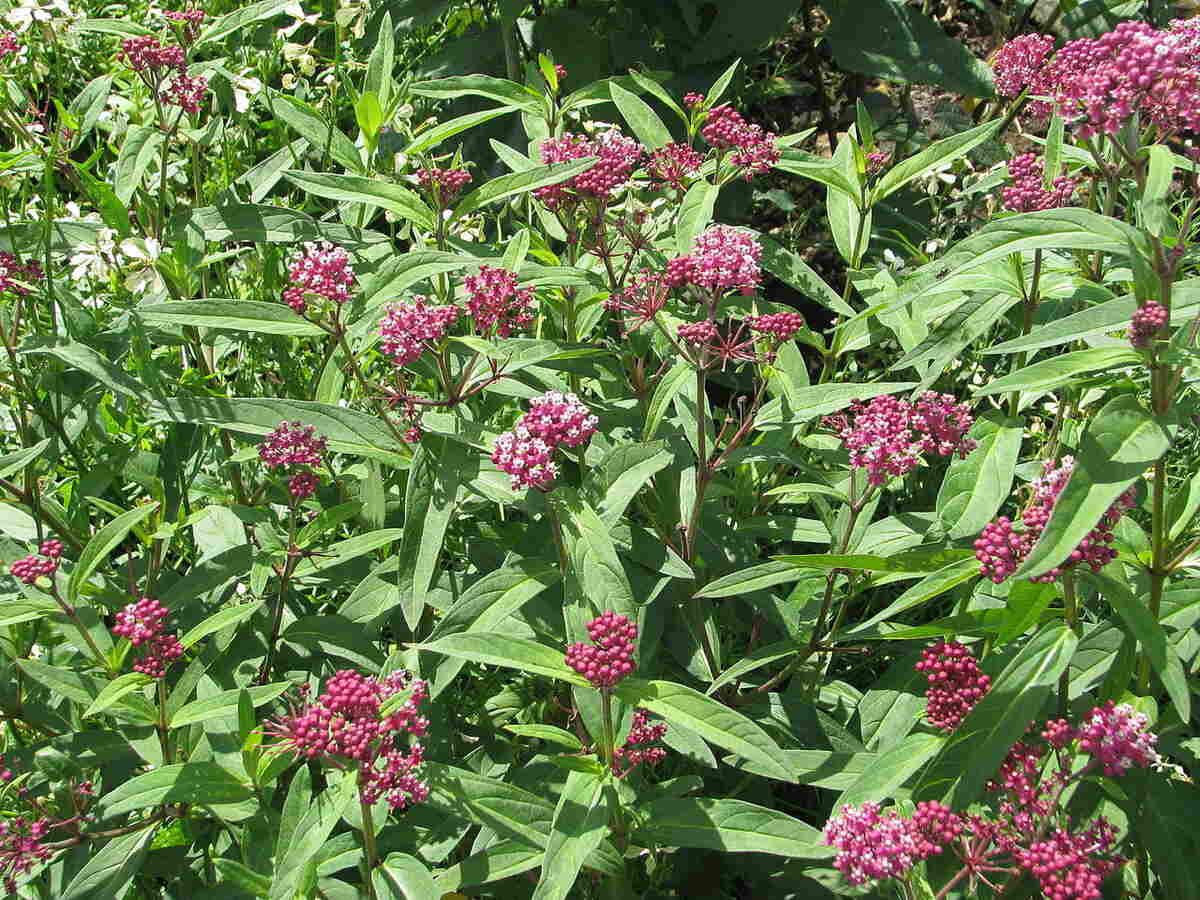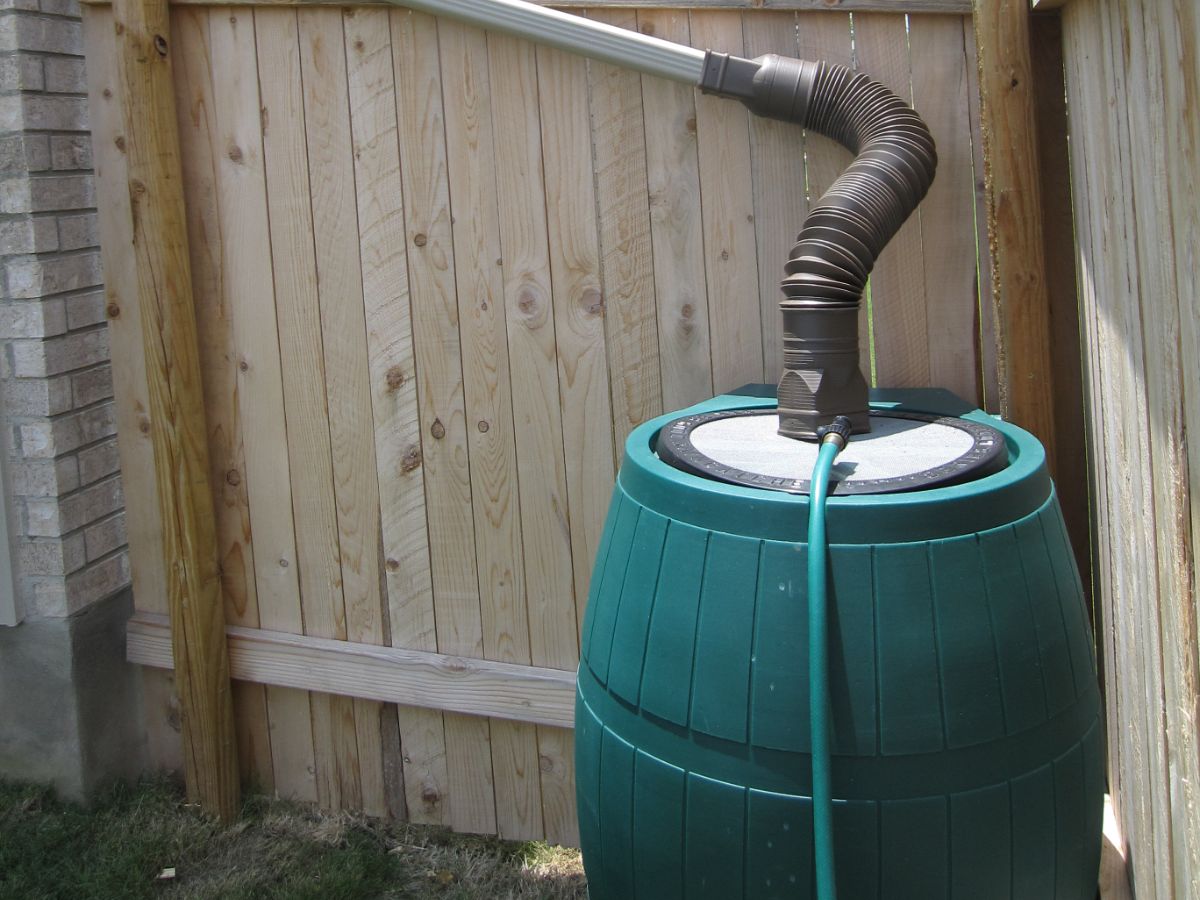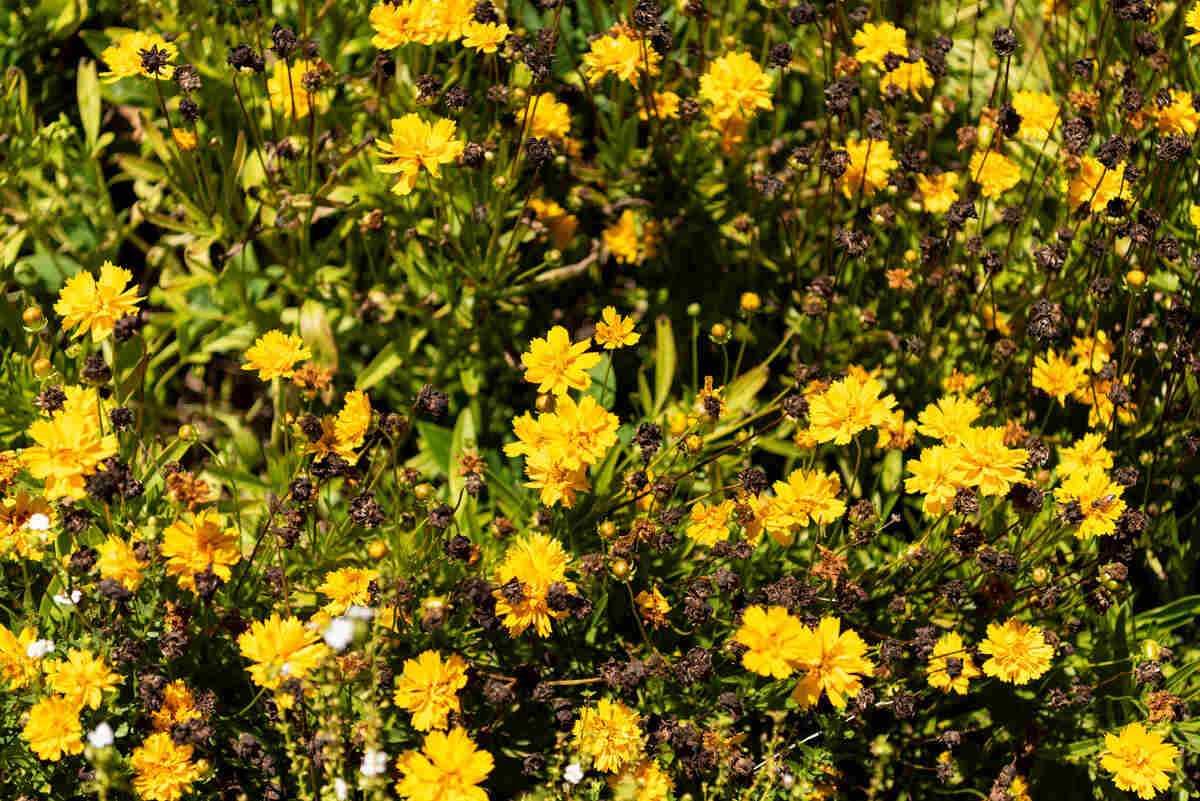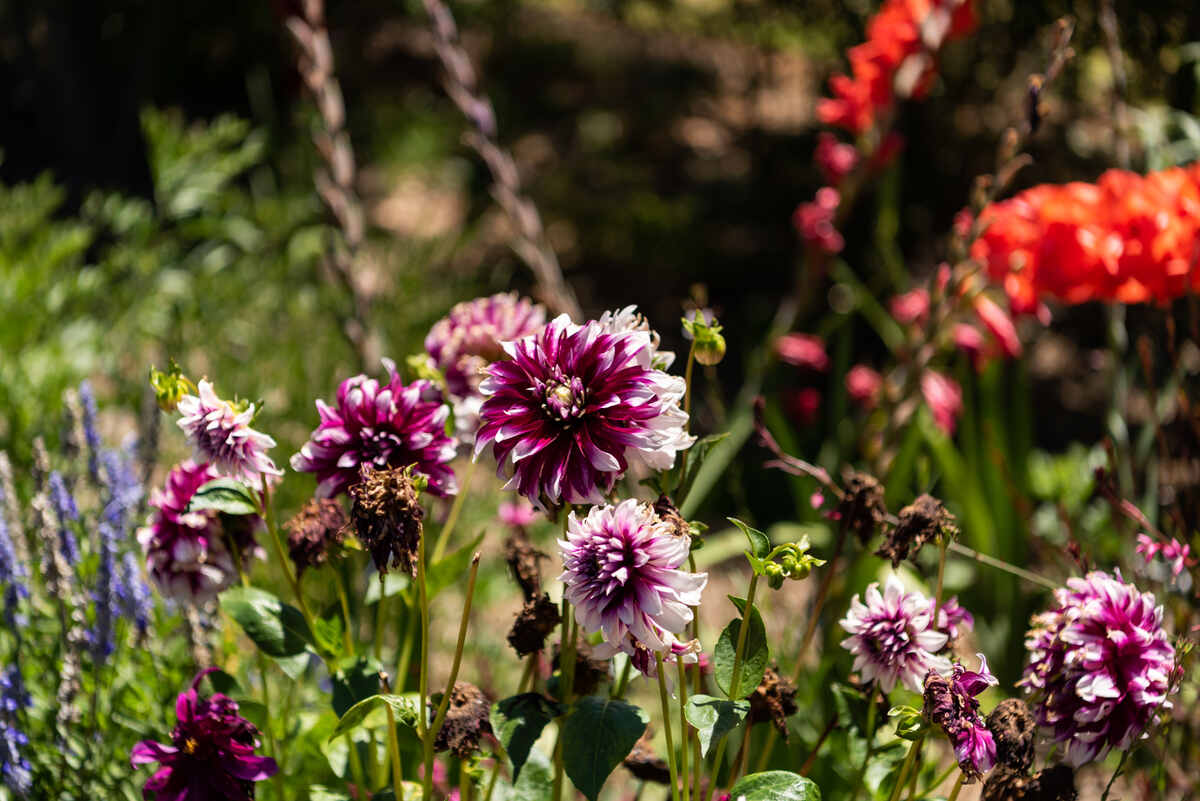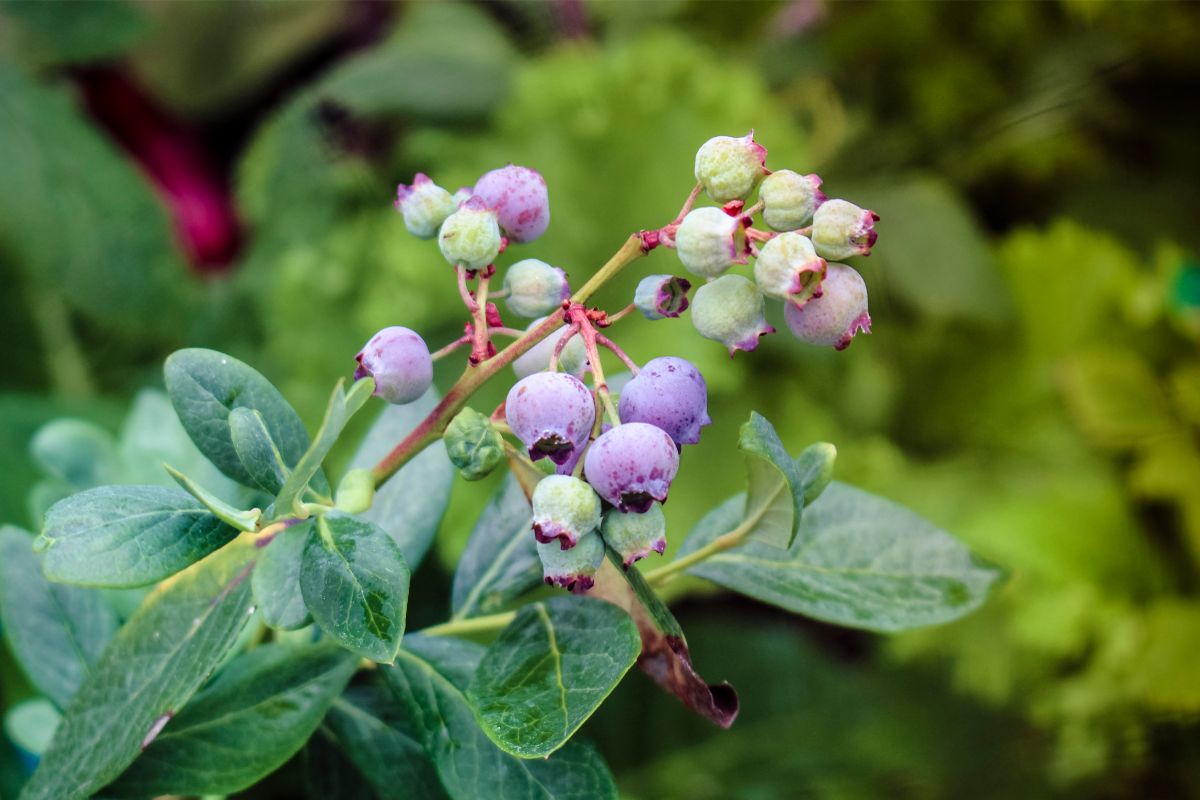
Ahh. The taste of yummy blueberry muffins made with fresh blueberries picked from your backyard can be a reality without too much fuss. Don’t you want to know how to grow blueberries yourself?
This juicy, sweet fruit first grew in the U.S. in New Jersey at the beginning of the 1900s, and before that, they could only be cultivated in the wild. Since then, many varieties of blueberry plants have blossomed throughout the U.S., Canada, South America, and other areas of the world.
Key Points for How to Grow Blueberries
You can get better production and know what to expect with these blueberry growing tips.
- Lower the pH: Blueberry bushes thrive on full sun and acidic soil.
- Plant more than one variety: Planting two or more blueberry varieties promotes better pollination.
- Be patient: Don’t expect fruit in your first year and not too much fruit for two to three years.
- Bigger harvests by year five: By five years, you can pick much bigger harvests during the growing season.
- Maturity around 10 years: Blueberry plants don’t reach full maturity for nearly a decade.
The U.S. Highbush Blueberry Council also emphasizes planting blueberry bushes in a spot where water can be obtained easily so the roots remain moist throughout the growing season. You can also use raised beds or patio containers for blueberry plants, especially in areas where your soil isn’t tip-top, or you don’t have room.
Blueberries Grow in Many Climates
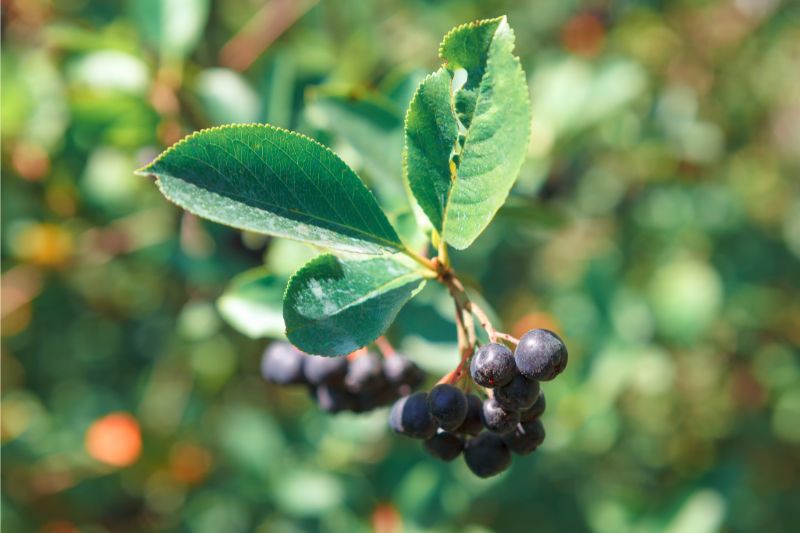
According to the USDA, demand for fresh blueberries has grown over the past decade, tripling to upwards of 1.5 pounds per person since 2005. Some blueberry bushes flourish better in warmer climates, such as the West Coast, the Southeast, and the Southern Hemisphere, but others progress better in places with cold winters, such as Michigan and Canada.
Ten states account for more than 98 percent of commercial blueberry fruit production in the U.S., and they grow across many hardiness zones.
The ten states that produce nearly all the commercially grown blueberry fruit are:
- California
- Florida
- Georgia
- Michigan
- Minnesota
- New Jersey
- North Carolina
- Oregon
- Texas
- Washington
Not only does the blueberry bush produce tasty treats, but it can also offer beauty to your overall landscape design with reddish leaves in the fall and white, bell-shaped flowers in the spring. The peak season for fresh blueberries continues from Mid-June to Mid-August depending on your location.
Planting Blueberries: When and Where
When to Plant Blueberries
When growing blueberries, it’s ideal to plant the bushes in early spring — the earlier, the better. But you can also plant them in late fall. Choose 1- to 3-year-old plants. They can be purchased in containers or as bare root plants. But always buy from a reputable local garden center or well-known gardening website.
Where to Plant Blueberries
Blueberry bushes thrive in sunny locations for optimal fruit production. But you also need to avoid areas with drying winds. “Select a weed-free area,” says Victoria De Bruin, marketing manager for the U.S. Highbush Blueberry Council, and “keep the roots moist throughout the growing season.”
“You can plant blueberry plants as close as 2 feet apart for hedgerows or 6 feet apart so they grow individually,” she adds.
Blueberries Need Acid (Low pH) Soil
Low soil pH levels remain the No. 1 priority for healthy blueberry bushes. A soil test should tell you the pH level of your soil. The pH should be between 4.0 to 5.0, and it should be a loose, well-drained soil type with lots of organic matter. If your soil pH levels start out too high, growth can be slowed down, leaves may discolor, and the plant could die.
Most county Cooperative Extension offices offer soil testing. If you find out your pH is a little bit high, you can add a soil amendment such as sphagnum peat moss or elemental sulfur. For greater than 7.0 pH, you probably should use a raised bed filled with acidic planting mix. Sandy soils won’t require a raised bed.
You can make a planting hole in the ground 15 inches deep that measures 2 feet wide by 4 feet long. You can plant the blueberry bushes close to develop a full line of shrubbery in your acidic soil or give them 6 feet of space between to grow individually. If you have your heart set on many blueberry bushes and plants in rows, make sure to give 8 to 10 feet between the rows.
Find the Right Blueberry Bush for Your Area
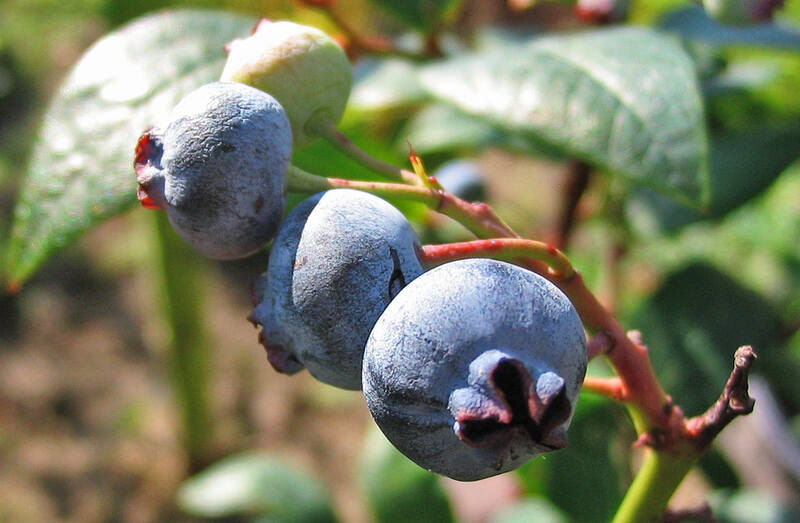
Among the many types of blueberries, bushes for your home garden fall into five major types:
Northern Highbush (Vaccinium corymbosum)
Where northern highbush blueberries grow best: Eastern and Northeastern regions of the U.S.
Since highbush blueberries grow in a wider geographic area, they are the most common type of blueberry bush. They can grow to be between 3 and 15 feet tall, depending on the variety and growing conditions.
Southern Highbush (Vaccinium formosum)
Where southern highbush blueberries grow best: Sunbelt region of the U.S.
Grown in the southern United States, this type of blueberry is large and has a lot of flavor. These types of blueberries are a hybrid type that can withstand much more heat and drought than the northern highbush type.
Lowbush (Vaccinium angustifolium)
Where lowbush blueberries grow best: Minnesota across to Virginia, up through the Northeast, and into Canada.
These blueberries thrive in central, eastern regions of the U.S and parts of Canada. This species only grows to about 1.5 feet. They are small and dark-blue colored, almost appearing black. These blueberries are considered wild blueberries.
Half-High (hybrid)
Where half-high blueberries grow best: From the middle of the U.S. northward, even into some parts of Canada (USDA hardiness zones 3-7 depending on the cultivar).
Half-high blueberries are a cross of lowbush and northern highbush varieties. Many half-high cultivars can withstand -35 degree temperatures or below and provide an opportunity to grow blueberries in areas with cold winters. Half-high blueberries can be used as a landscape plant, and some cultivars are suited for containers. Expect them to grow from 3 to 4 feet in height.
Rabbiteye (Vaccinium virgatum)
Where rabbiteye blueberries grow best: Southeastern region of the U.S.
Rabbiteye blueberries are a variety of blueberry that are more commonly grown in the Southeastern United States, from Virginia to Florida. It is often blue in color, like that of a white rabbit’s eye, hence the name.
Need more information? Talk with your Cooperative Extension or local garden center about what kind of blueberry plants are best for your area and your soil. New cultivars are being released all the time. Their catchy names include Bluegold, Bluejay, Patriot, Elliott, Herbert, and many more.
Fertilizing, Pruning Blueberry Bushes
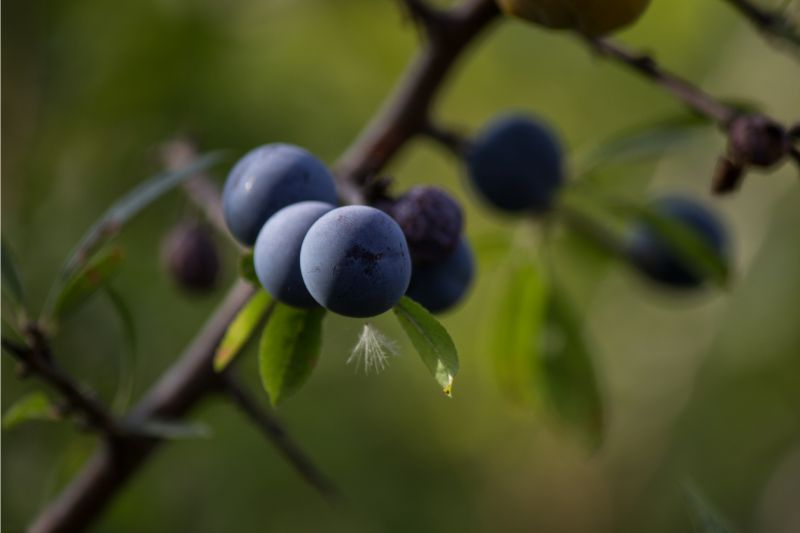
How to Fertilize Blueberry Bushes
Once the plants establish themselves, you can use acid fertilizers such as rhododendron or azalea formulas. Don’t over-fertilize because of the plants’ sensitivity. Timing remains your friend. Fertilizing once in early spring and again a few months later can promote new growth and strong fruit production. Don’t forget to water after fertilizing.
Apply 2-4 inches of mulch, such as sawdust, grass clippings, pine needles, or wood chips, at the base of the plant. Mulching can save moisture and add organic matter to the soil for the blueberry plant’s root system.
When to Prune Blueberry Bushes
The best time to prune blueberries is in late winter after the worst of the cold weather is over and before spring growth begins. For the first three years after planting, remove straggling limbs only. Starting in the fourth year, you can start a standard pruning regime, removing crossing limbs and pruning out weak or older branches to stimulate strong, new growth.
De Bruin recommends giving your acid-loving plants time to grow a little before you let them bear fruit, however. It might seem unproductive, but you should remove any blossoms in the first year to promote hardier new growth. Some Extension departments recommend waiting longer — two to three years — after planting before allowing the bush to bear fruit.
Check with your local Extension Office for how to prune your particular variety of blueberry bush. Pruning techniques may vary depending on the variety you have, so ask before you get out your loppers. Keep in mind, though, that proper pruning is critical for optimal production.
Health Benefits of These Acid-Loving Plants
“Consumers not only see blueberries as a tasty snack or recipe staple available all year round but as a berry with numerous health benefits,” adds De Bruin. “In fact, 99% of consumers know they’re healthy, and 68% can point to specific health benefits…” Health benefits include the following:
- A good source of vitamins and minerals
- Great for the immune system
- A way to reduce the risk of heart disease
“Consumers understand that eating blueberries is one of the easiest small changes one can make in pursuit of a healthier lifestyle,” she adds. While blueberries are familiar in breakfast and baked goods, their versatility beyond traditional applications is also being recognized by consumers.
“Blueberries of all forms can be used in savory dishes, sauces and spreads, desserts, cocktails and beverages, and more,” she says.
So, maybe this coming spring, you can plant a blueberry bush in a raised bed or patio container. Be patient the first year or so, and by the third year, you’ll be enjoying plump, sweet blueberries by the handful.
FAQs
Blueberries need at least 1 inch of water after planting them. If your soil moisture is low, ensure that the soil conditions are damp but not sopping wet. When it is time for the fruit to ripen, it is ideal to provide blueberries with up to 4 inches of water per week.
Bumblebees are one of the most essential pollinators. Other blueberry pollinators include carpenter bees, Bradley’s Andreas, southeastern blueberry bees, and honey bees.
If you want your blueberries to grow and thrive, you will need to encourage pollination. The first step in creating a habitat for wildlife, especially pollinators, is to avoid using chemicals in your landscape. Next, focus on adding food, shelter, water, and nesting sites to help local pollinator populations flourish.
If you know for sure your neighbors aren’t breaking into your yard and stealing your blueberries, then local wildlife is probably the culprit. Squirrels and birds love blueberries. But so do rabbits, deer, black bears, foxes, and chipmunks.
Birds and four-legged animals aren’t the only pests that can damage your blueberry crop. Here are a few other critters that attack blueberry plants:
● Fruitworms
● Spotted wing drosophila (SWD)
● Plum curculio
● Blueberry maggot
● Japanese beetle
Here are a few natural ways to keep four-legged animals and birds away from blueberry plants:
● Noise-makers
● Bird netting
● Fencing
● House pets (dogs or cats)
Would You Like A Professional To Plant Your Blueberry Bush?
There is a lot involved in successfully growing a blueberry bush. They need at least 6 hours of sunlight and well-drained but moist, acidic soil. These plants can also be attacked by pests and local wildlife and will need plenty of protection from these invaders.
If the thought of growing blueberry bushes sounds overwhelming, you don’t have to grow and maintain them yourself. You can get the help of a local landscaping expert who can plant, prune, and set up drip irrigation lines for scores of blueberry bushes.
Additional Sources:
U.S. Highbush Blueberry Council
University of Minnesota Extension
Ohio State University Extension
Main Image Credit: CandiceDawn / Canva Pro / License
